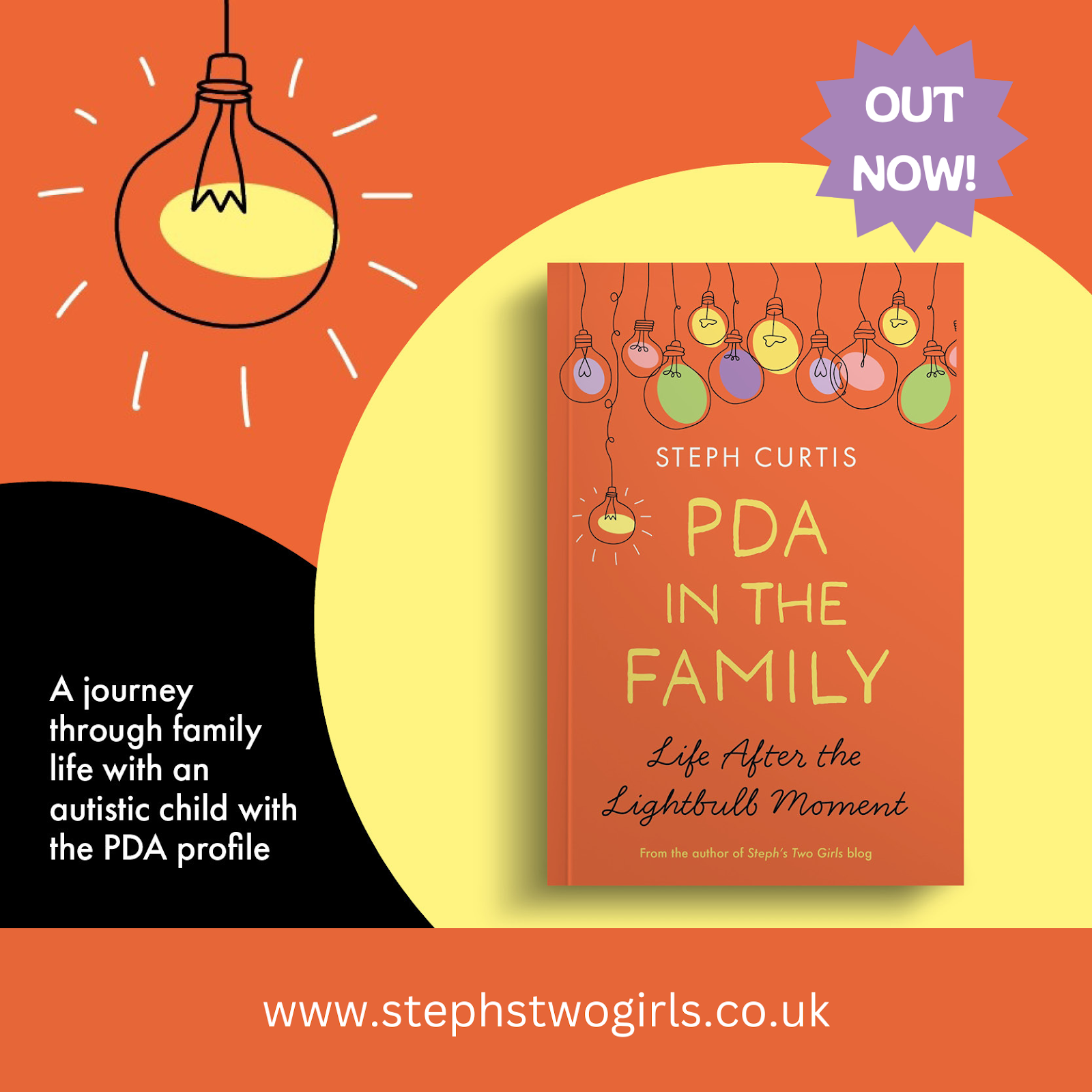Have you heard about Play Therapy? Play therapy is a way of supporting a child to express themselves, something that was first used to help our daughter when she was at infant school. A few years later we were grateful to be introduced to a play therapist when she had to have an extended stay in hospital.
After reading about that experience in my blog post Top Tips for Hospital - Autism, Play Therapist Hannah got in touch with me to see if I could share more information on my blog about Minecraft being used in a therapeutic way. I was sure there would be some families who would be very interested, so I'm handing my blog over to Hannah to explain more!
It's a Monday afternoon and I'm heading home after a day of play therapy sessions at a local school ready to see clients out of school hours when I receive a call from a parent of the child I am due to see next. She's in tears, barely audible as she describes how her son has not been able to attend school for the last week, he will not be coming to his session.
Recalling how, in our last session together Stephen had flicked through pages of a Minecraft book in my studio, showing an interest in the video game he was yet to play, I suggested to the parent that she ask her son if he wanted to play Minecraft with me. Two minutes later, she calls back, it’s a resounding yes and so I jump in the car to make a house visit, armed with my laptop and a tablet.
Once in the house, we sit down, screens side by side and I explore with Stephen the type of world (or biome as it is known in Minecraft) he might like to begin our adventure in, being careful not to ask too many questions, instead being curious about his response (verbal or otherwise) by scrolling through images. Stephen immediately replied "I want one with a cliff", his words alerting me to his inner emotional state, being on the edge, despite exhibiting a regulated exterior. Dismissing a dark forest, Stephen chose to enter a lush jungle on the edge of a cliff and after a quick run through the basic commands, despite never having played the game before and us having agreed to play in peaceful mode where there are no active threats, Stephen's first act was to armour up. Stephen's actions indicated to me that he felt he needed to protect himself, that his body sensed danger and that his sympathetic nervous system was most likely in a state of activation, primed for a fight or flight response.
Again, this hypervigilance was not evident from Stephen's composed exterior, masking being something Stephen had become adept at, particularly outside of the house and when in the school environment. This way of being, or masking, permitted Stephen to engage with education and to mix socially, but the cost was physical and mental exhaustion, not to mention the toll on the whole family's wellbeing. It was Stephen’s family who bore the brunt of his frequent dysregulation, home being his safe place where his anxiety would unravel, tying himself and others in knots, at times so tight that it felt like they struggled to breathe, controlled by Stephen's behaviour. It seemed that Monday's call was not only a parent's call for help but symbolic of Stephen's own plea to stop, that he had perhaps reached burn out.
I chose to introduce Stephen to Minecraft*, a tool I use therapeutically in my Play Therapy practice, as it can act as an incredibly versatile platform through which children and young people can explore, design, build, modify and control their own worlds. Engaging through Minecraft in a therapeutic way offers my clients a safe boundaried space, on a physical and an emotional level, where they can be the expert in their world, an experience which might be contrary to their lived experience.
Acting as a virtual sand tray, a central part of any Play Therapist's toolkit, in Minecraft the client sets the pace and can access an inventory or mine objects to create scenes that might symbolise their thoughts, feelings, social interactions or people in their life. This process can help a client to work through and integrate their lived reality, including any difficult experiences and challenges.
Hannah is a Play Therapist based in Cheltenham, Gloucestershire, where she provides Play Therapy sessions to children and young people with a diverse range of social, emotional and behavioural needs, both in educational settings and in private practice. Hannah is also trained in Child Parent Relationship Therapy and is committed to supporting every client on their own unique journey, enabling and empowering them through self-expression so that they may gain a more complete understanding of themselves.
If you would like to hear more about how Minecraft can be a therapeutic tool or play therapy in general, please follow Hannah, view her website www.beyondthelookingglass.org and get in touch with her through her Instagram page: beyondthelookingglass_pt
*Disclaimer: Minecraft is not endorsed by Mojang or Microsoft as a therapeutic tool.























No comments:
Post a Comment
Comments are always very much appreciated and can really help the conversation go further...